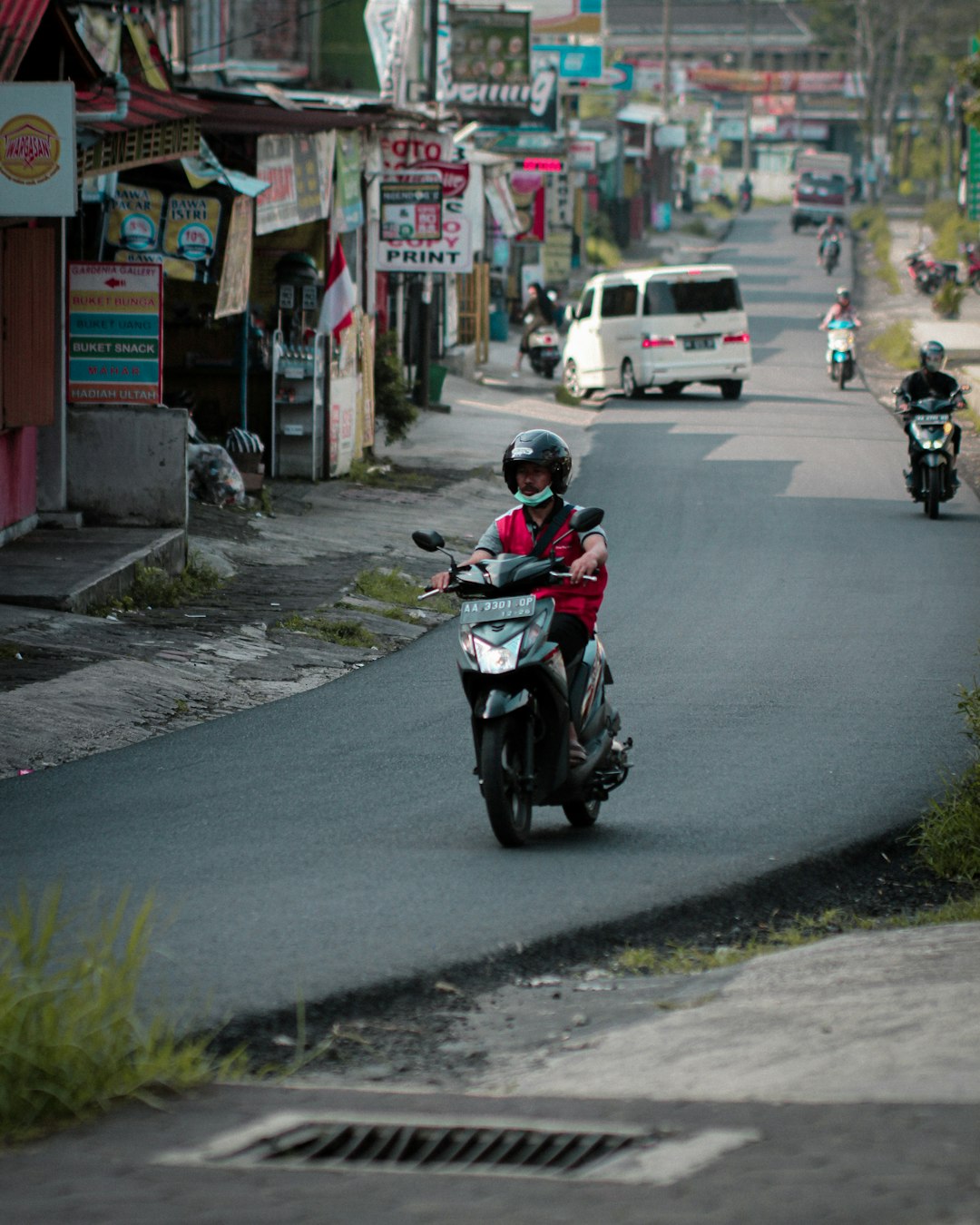Southeast Asia’s Border Dilemma: What Lies Beyond the Barriers?
Border closures between Thailand and Cambodia rarely make international headlines—until now, as stranded tourists face an abrupt halt on their cross-border travel plans. But this isn’t just about frustrated backpackers; it’s a revealing snapshot of how borders in Southeast Asia remain both vital arteries and contentious flashpoints.
The Border as a Pressure Point
The land border between Thailand and Cambodia is one of the region's busiest, facilitating not just tourism but also trade, labor migration, and cultural exchange. A sudden blockage disrupts far more than selfie routines:
| Affected Group | Impact | Broader Consequence |
|---|---|---|
| Tourists | Trip interruptions, economic losses | Decline in tourism revenue |
| Local Vendors | Loss of foot traffic and income | Threat to livelihoods |
| Authorities | Increased diplomatic tension | Reputational stakes and logistical strain |
For Tourists: The need for spontaneous travel is ever-present in Southeast Asia’s backpacker scene. Yet, border closures expose the inherent risks in overreliance on fluid frontiers.
For Border Communities: Many local communities subsist on legal and informal trade. When borders close, the impact is immediate—and, at times, desperate.
More Than Just a Geopolitical Drama
Border shut-downs are rarely about tourists alone. Causes can range from diplomatic spats, security concerns, health crises (recall the COVID-19 pandemic), to responses against human trafficking or smuggling.
“Borders are the theatre in which national security anxieties are performed,” notes a Southeast Asian policy analyst.
In this sense, the border is not just a line on a map—it’s ground zero for international relations, public health, and economic policy.
Should Borders Ever Be so Fragile?
Some argue flexible borders foster regional prosperity and integration, qualities central to ASEAN’s vision. Others maintain that stricter controls are necessary for sovereignty and safety.
| Pros of Open Borders | Cons of Open Borders |
|---|---|
| Economic dynamism | Risk of illicit activities |
| Enhanced cultural exchange | Spread of disease |
| Smoother humanitarian response | Loss of state control |
Cambodia and Thailand must balance these forces—delivering both security and opportunity.
The Takeaway
Today’s closed crossings are an urgent reminder that the promise of borderless travel remains vulnerable. The fates of millions—adventurers and locals alike—rest on decisions often made behind closed doors. These moments also call for longer-term reforms: streamlined immigration frameworks, crisis contingency plans, and more transparent diplomacy.
Bridging the gap between certainty and flexibility could shape Southeast Asia’s future.
This article was inspired by the headline: 'Tourists in Thailand blocked from crossing border into Cambodia - Euronews.com'.

Comments
No comments yet. Be the first to comment!